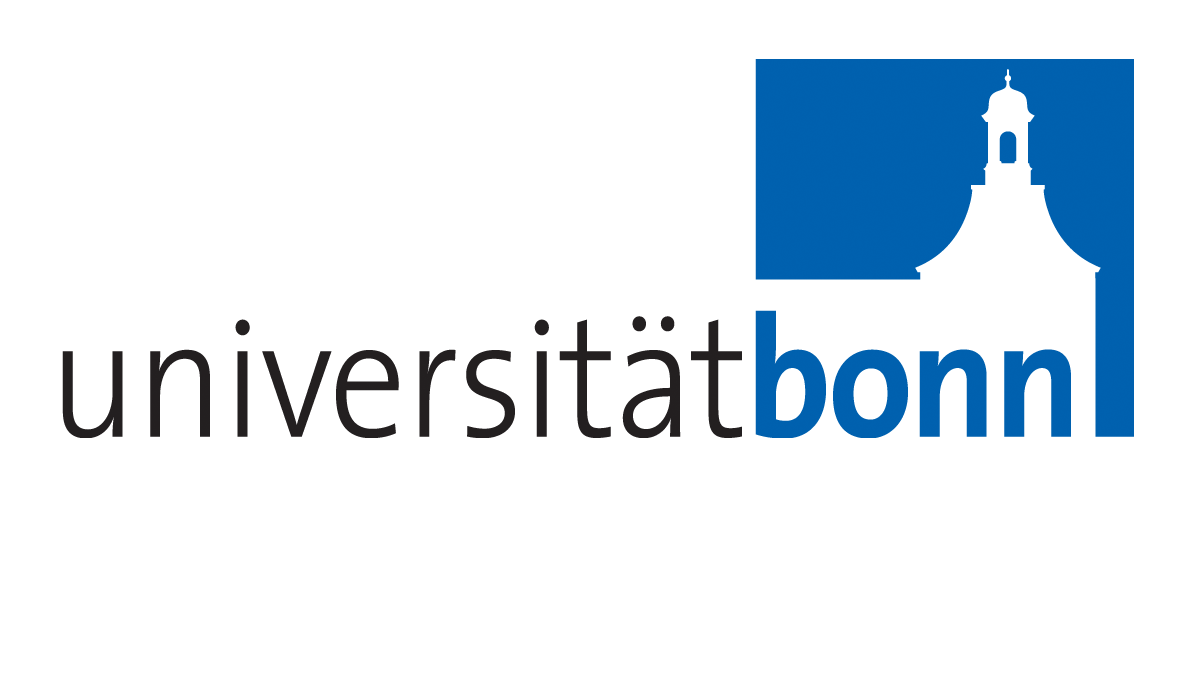
The Institute Geodesy and Geoinformation of the University of Bonn cordially invites you to following lecture given by Asad Asadzadeh:
Community Disaster Resilience in Teheran City
Ringvorlesung
Wann: 28.04.2016 Uhrzeit: 17:00 – 18:30 ( Donnerstag )
Wo: Institut für Geodäsie und Geoinformation, Nussallee 1, Bonn 53115, HS I
Referent/in: Asad Asadzadeh, University of Bonn
Veranstalter: ARTS (Agricultural Sciences and Resource Management in the Tropics and Subtropics)
Inhalt
The risks and vulnerabilities induced by natural hazards and disasters are globally rising and urban communities around the world are experiencing to encounter wide range of disasters on an unprecedented scale. For many years, hazard scholars had just focused on understanding the geophysical and biophysical attributes of natural disasters and the prevailing attitude has been focusing on post disaster relief approach. Despite decades of delay and inaction, attitudes began to shift in the 2000s when after the Decade for Natural Disaster Reduction (1990-2000), the emphasis slowly started to change from reaction (relief) to pre-emptive (preparedness) action. This shift was the turning point in emerging a new paradigm titled disaster risk reduction (DRR) and disaster resilience.
From the natural perspective, disaster resilience is defined as the ability of a system or community to resist, mitigate, respond, and recover from the effects of hazards in efficient and timely manner. How communities recover following a disaster is often conceptualized in terms of their disaster resilience level. A number of research has been focusing on the concept of disaster resilience but a few of them have attempted to empirically measure the concept. To address this knowledge gap, this study developed a hybrid approach for conceptualizing (measuring) the term disaster resilience which can be easily applied for assessment of the same issues in different contexts and geographical scales.
Weitere Informationen hier.
Source: Notification from the University of Bonn from 26.04.2016
The Institute Geodesy and Geoinformation of the University of Bonn cordially invites you to following lecture given by Asad Asadzadeh:
Community Disaster Resilience in Teheran City
Ringvorlesung
Wann: 28.04.2016 Uhrzeit: 17:00 – 18:30 ( Donnerstag )
Wo: Institut für Geodäsie und Geoinformation, Nussallee 1, Bonn 53115, HS I
Referent/in: Asad Asadzadeh, University of Bonn
Veranstalter: ARTS (Agricultural Sciences and Resource Management in the Tropics and Subtropics)
Inhalt
The risks and vulnerabilities induced by natural hazards and disasters are globally rising and urban communities around the world are experiencing to encounter wide range of disasters on an unprecedented scale. For many years, hazard scholars had just focused on understanding the geophysical and biophysical attributes of natural disasters and the prevailing attitude has been focusing on post disaster relief approach. Despite decades of delay and inaction, attitudes began to shift in the 2000s when after the Decade for Natural Disaster Reduction (1990-2000), the emphasis slowly started to change from reaction (relief) to pre-emptive (preparedness) action. This shift was the turning point in emerging a new paradigm titled disaster risk reduction (DRR) and disaster resilience.
From the natural perspective, disaster resilience is defined as the ability of a system or community to resist, mitigate, respond, and recover from the effects of hazards in efficient and timely manner. How communities recover following a disaster is often conceptualized in terms of their disaster resilience level. A number of research has been focusing on the concept of disaster resilience but a few of them have attempted to empirically measure the concept. To address this knowledge gap, this study developed a hybrid approach for conceptualizing (measuring) the term disaster resilience which can be easily applied for assessment of the same issues in different contexts and geographical scales.
Weitere Informationen hier.
Source: Notification from the University of Bonn from 26.04.2016

